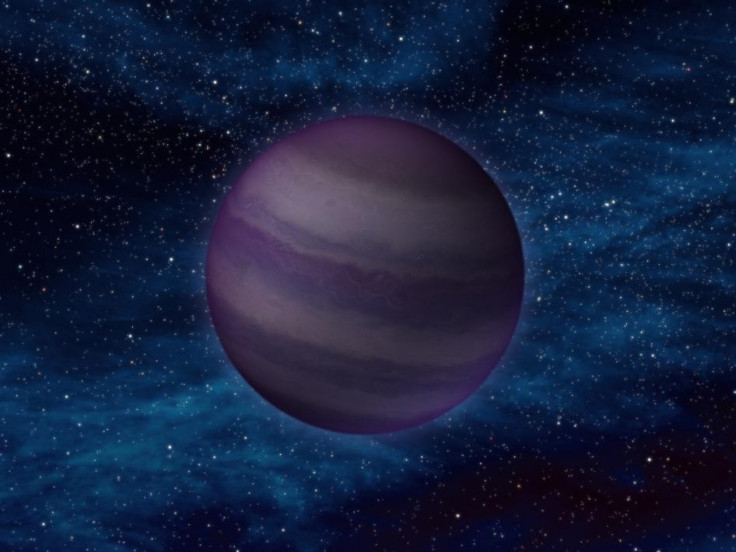NASA WISE Data Hunts Coolest Dwarf Near Our Solar System

Scientists studying data collected by Wide-field Survey Explorer (WISE) of NASA, have found six brown dwarf member - Y dwarfs ranging in atmospheric temperatures from 175° C to less than about 25° C.
Scientists have discovered the coldest class of star-like bodies which are nearly impossible to see with a visible-light telescope because of their low temperatures.
Nasa scientists using the WISE data discovered the dark orbs, termed Y dwarfs for which astronomers have been hunting unsuccessfully for more than a decade.
WISE scanned the entire sky for these and other objects, and was able to spot their feeble light with its highly sensitive infrared vision, said Jon Morse, Astrophysics Division director at NASA Headquarters in Washington. They are 5,000 times brighter at the longer infrared wavelengths WISE observed from space than those observable from the ground.
Y dwarfs belong to the brown dwarf family. Brown dwarfs can't be seen with a normal telescope as they are very dim and cool compared with stars, and most of the times referred as failed stars. They can only be detected with a telescope like infrared telescope which detects the heat from these objects.
Ys are the coldest members of the brawn dwarf family.
The brown dwarfs we were turning up before this discovery were more like the temperature of your oven, said Davy Kirkpatrick, a WISE science team member at the Infrared Processing and Analysis Center at the California Institute of Technology in Pasadena, Calif. With the discovery of Y dwarfs, we've moved out of the kitchen and into the cooler parts of the house.
Kirkpatrick, Michael Cushing, a WISE team member and a group of other astronomers have recently put a paper together on the recent findings in Astrophysical Journal.
The cool Y dwarfs are also close to the Sun. They are 40 light years away, making them one of the closets to our solar system. The closest, Proxima Centauri, is about four light years away.
Finding brown dwarfs near our sun is like discovering there's a hidden house on your block that you didn't know about, Cushing said.
WISE was able to pick up the faint glow for six Y dwarfs, which are the coldest class of brown dwarfs and the latest letter in the stellar classification scheme. This scheme describes stars of all temperatures, beginning with the hottest O stars and now ending with the coldest Y dwarfs. The entire scheme includes the classes: O, B, A, F, G, K, M, L, T, Y. Our yellow sun belongs to the G class of stars. M stars are colder than our sun, and reddish in color.
NASA said it is still processing and examining WISE's data.
© Copyright IBTimes 2024. All rights reserved.











